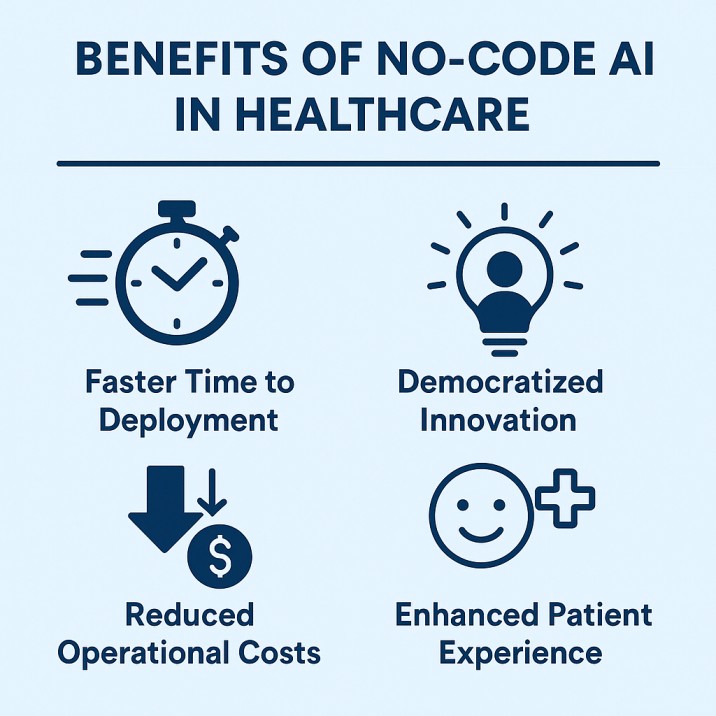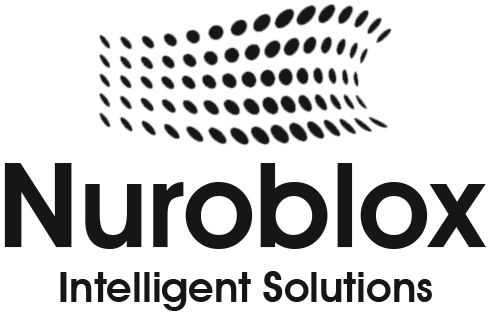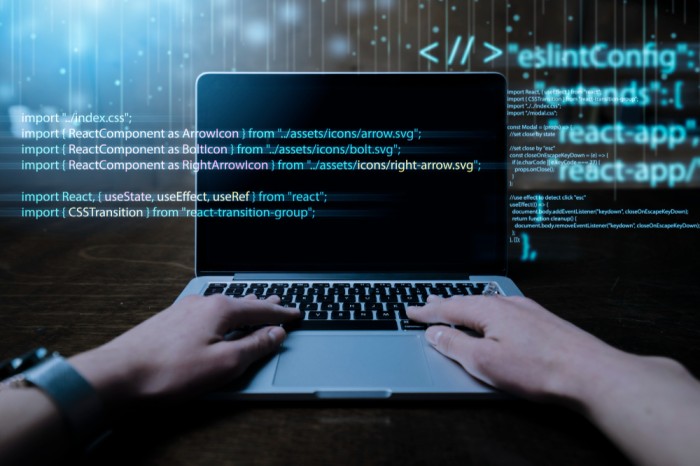How No-Code Automation Is Transforming Healthcare Operations
Healthcare systems around the world are under pressure to do more with less more patients, more data, more complexity, but often with fewer resources. As demands grow, so does the need for innovation that is fast, scalable, and easy to implement. Enter No-Code automation, a new generation of tools that empowers healthcare professionals to build intelligent workflows and automate processes without writing a single line of code.
From automating patient intake and triage to simplifying claims processing and enhancing predictive care, no-code automation is rapidly transforming how healthcare organizations operate. It removes technical barriers, accelerates deployment, and enables clinicians and administrators to focus on what matters most: delivering high-quality patient care.
In this blog, we explore how no-code automation is reshaping healthcare operations, where it’s making the biggest impact, and why now is the time for providers to embrace this game-changing approach.
Why Healthcare Needs No-Code Automation Now
Healthcare today faces a perfect storm of challenges: rising patient volumes, increasing administrative workload, growing data complexity, and heightened regulatory scrutiny. At the same time, most healthcare teams are constrained by limited technical resources and legacy systems that can’t keep up. This is where no-code automation becomes essential, not optional.
1. Overwhelmed Staff and Resource Shortages- Doctors, nurses, and administrators are stretched thin. No-code automation helps by automating routine, time-consuming tasks, like data entry, scheduling, and triaging, so that human expertise is focused where it’s needed most: patient care.
2. Growing Administrative Burden- Manual paperwork, claims processing, and compliance documentation eat up significant time. No-code automation allows non-technical staff to build automated workflows that handle these tasks efficiently, reducing burnout and boosting productivity.
3. Fragmented Data Systems- Healthcare data is often siloed across EHRs, spreadsheets, faxes, and third-party platforms. No-code tools can connect these systems and use automation to extract, classify, and organize data in real-time, improving accuracy and accessibility.
4. Rising Expectations for Personalization and Speed- Today’s patients expect fast, personalized, digital-first experiences. No-code automation makes it easier to deliver proactive reminders, intelligent triage, and follow-ups without IT bottlenecks.
5. Regulatory and Compliance Pressure- Ensuring HIPAA and GDPR compliance is critical, but time-consuming. AI automation helps maintain audit trails, detect anomalies, and enforce policies, without adding to the team’s workload.
6. Demand for Agility and Innovation- Healthcare providers must adapt quickly to changing regulations, technologies, and patient needs. No-code platforms empower healthcare professionals to test and deploy solutions rapidly, without waiting months for software development.
No-code AI meets healthcare’s urgent need for speed, scale, and simplicity, making it a powerful enabler of smarter, leaner, and more responsive healthcare systems.
Key Areas Where No-Code Automation Is Making an Impact
No-code automation is reshaping the way healthcare providers deliver services, manage operations, and interact with patients. By allowing non-technical users to build AI-powered workflows, hospitals, clinics, and health tech organizations are unlocking efficiency and insight in several critical areas.
1. Patient Intake and Triage- No-code automation enables the automation of patient intake through smart digital forms, chatbots, and symptom-checkers. These tools can collect health data, assess urgency, and route patients to the appropriate care path, all without developer support.
Impact:
- Faster triage and reduced waiting times
- Standardized data collection
- Improved patient satisfaction
2. Medical Records and Documentation- With AI-powered document understanding, no-code tools can extract data from scanned documents, lab results, and EHRs, then classify and store it automatically. This significantly reduces time spent on manual data entry and improves accuracy.
Impact:
- Easier access to structured data
- Fewer administrative errors
- Improved care coordination
3. Claims Processing and Billing- No-code automation automates claim verification, coding, and submission processes by analyzing documentation and matching it with insurance rules. It can also flag errors or missing information before claims are submitted.
Impact:
- Faster reimbursements
- Fewer denied claims
- Reduced back-office workload
4. Appointment Scheduling and Follow-Ups- AI workflows can manage appointment reminders, rescheduling, and follow-ups based on patient responses or clinical protocols. These automations reduce no-shows and improve continuity of care.
Impact:
- Increased patient engagement
- Optimized scheduling
- Better health outcomes
5. Predictive Analytics and Risk Scoring- Using no-code interfaces, healthcare teams can build AI models to predict patient readmissions, detect high-risk cases, or forecast resource needs, without needing a data science team.
Impact:
- Proactive, data-driven decision-making
- Early intervention and preventive care
- Smarter resource planning
6. Administrative and Compliance Tasks- No-code automation can monitor compliance workflows, log data access events, and automatically enforce documentation standards to meet HIPAA or GDPR requirements.
Impact:
- Lower compliance risk
- Consistent audit readiness
- Freed-up admin capacity
No-code automation isn’t just a convenience’s a catalyst for innovation, efficiency, and patient-centered care across every corner of the healthcare ecosystem.
Benefits of No-Code Automation in Healthcare

No-code automation platforms are bringing powerful automation capabilities to healthcare professionals without requiring deep technical expertise. By making AI development faster and more accessible, they unlock tangible benefits across clinical, operational, and administrative functions.
Faster Time to Deployment: Traditional automation projects can take months to scope, build, and deploy. No-code platforms dramatically shorten this timeline, allowing users to design and launch intelligent workflows in days or weeks.
Democratized Innovation: No-code automation empowers nurses, clinicians, administrators, and operations staff to create their own solutions. This decentralizes innovation and reduces dependence on overstretched IT or data science teams.
Reduced Operational Costs: By automating repetitive, manual tasks such as scheduling, claims processing, and documentation, healthcare organizations save significant time and reduce labor-related costs.
Improved Accuracy and Efficiency: Automation can eliminate common human errors in data entry, billing, and clinical documentation. No-code tools allow institutions to deploy these capabilities faster, improving consistency and reliability in day-to-day operations.
Enhanced Patient Experience: Automated, AI-driven touchpoints such as personalized follow-ups, instant triage, and real-time updates deliver a smoother, more responsive patient journey.
Scalability Across the Organization: No-code AI allows healthcare teams to build and adapt workflows as needs evolve. Whether it’s a small clinic or a multi-location hospital network, solutions can scale quickly, without heavy infrastructure investments.
Conclusion
No-code automation is changing the game for healthcare by making intelligent automation accessible to non-technical teams. It’s helping providers streamline operations, cut administrative burden, and deliver better patient care faster and more efficiently.
As the need for agility and innovation grows, no-code automation offers a practical path forward. It’s not just simplifying workflows, it’s redefining what’s possible in healthcare.


